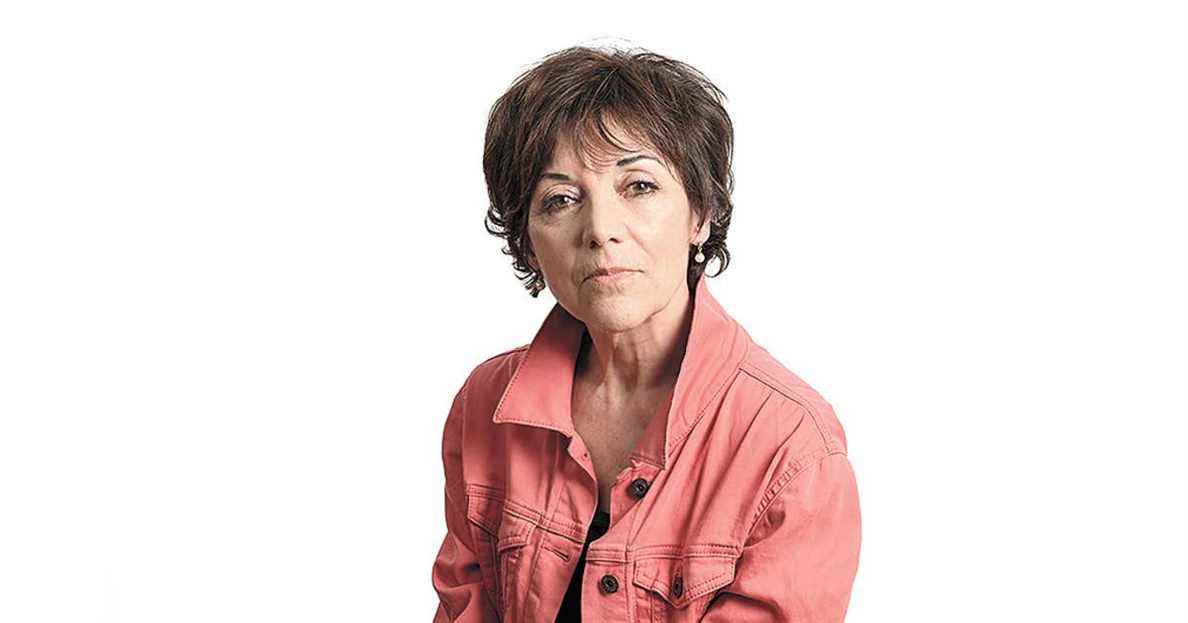We’re done. The results of what is called “FLOP26” do not leave much room for optimism. Compromises and half-measures marked the last major international meeting on the climate, not to mention the tears of the man who chaired the talks, Alok Sharma. Small sign that things are going badly. Even in the most optimistic hypothesis where all the signatory countries would respect their CO2 reduction commitments, says the daily Release, “The ceiling of +1.5 ° C would always be exceeded, and by far”.
With the future of humanity thus darkened, it is difficult not to despair of the world in which we live. I myself was at ground level, at zero degree of wonder, when it was time to visit Infinity, an exhibition of space in virtual reality, on November 7. I arrived barely, the very last day of the presentation after 70,000 other visitors had passed before me, not quite knowing what to expect, dreading a little helmets and children’s licenses, obligatory passages of virtual experiences.
But there was light. Words fail me to describe this adventure which is located halfway between very very high technology, shot elsewhere with the collaboration of astronauts aboard the International Space Station (ISS), contemporary art and poetry . To quote the little voice (that of the actress and playwright Évelyne de la Chenelière) who teases us before going to the other side of the mirror, to rock into the immensity of the Universe: “This experience is a tribute to light and space and to the thirst for knowledge that animates human beings. Welcome to infinity. “
Produced by Felix & Paul Studios and the Phi Center in Montreal, in collaboration with Time Studios in the United States, this “immersive” experience is the perfect antidote to the blocked horizons of the turn of the century. Thanks to Felix and Paul’s 3D cameras on board the famous ISS, a machine that would make Denis Villeneuve himself pale, we can see far and, my God, we see big. As astronauts interviewed during the shoot put it, suddenly, “you strip yourself of everything that has been invented by humans”, “you wave your hand for the last time”, “and you smile”. Because suddenly you are propelled into the constellations of the firmament, into the ecstasy of the infinitely great.
The pretext for this exhibition is to offer a tour of the International Space Station to the general public. “In 20 years of existence, less than 250 humans have visited the ISS,” writes the project’s creative manager, Félix Lajeunesse. It was time to open up the “experience of a lifetime” to ordinary people. But, in my opinion, the real interest is not to scrutinize the passages of the titanic craft on which you miraculously find yourself, to see and hear, a few centimeters from you, the astronauts who work there. The supreme interest of this breathtaking adventure is to leave everything that is human, it is to no longer see or feel your body as before, wearing a helmet instantly transforming you into an avatar, a species of creature. dream with a brilliant outline and a golden heart that glides elegantly in the ether. Like the 90 other lucky elect who entered with you, you are no longer quite down to earth, you are no longer in the flesh, you are a pair of bulging eyes, able to see 360 degrees, and a beating heart.
For 35 minutes, we die ourselves to be reincarnated in another dimension. That of the elements. At the moment of exiting the spacecraft, it is the apotheosis. Caught by the stars, the Sun, the beams of light, all very far and very close at the same time, it is terrifying and fabulous at the same time. We feel its insignificance, but also its connection to the Universe like never before. As, later, to that of the Earth when, to conclude the adventure, we go around the planet, from sunrise to sunset, as the astronauts themselves experience several times a day, but in a very different way. faster this time.
A bit like showing old family photos, but in an IMAX projection, you can feel the nostalgia and affection that comes from an old sense of belonging. We recognize places from elsewhere: the Himalayas, the Sahara, the oceans… My goddaughter Jeanne is sure to have seen Lake Saint-Jean. It’s immeasurably beautiful and, like her family, you want to protect her. As many astronauts say, there is nothing like space travel to remind you of the fragility of life on Earth.
“We walked on the moon and floated in space,” says the introductory text to the exhibition Infinity. But we still have many things to understand, and perhaps above all to do, if we are to preserve “the beauty, the mystery and the richness of our existence”. If there are days when it is hard to believe that beauty will trump productivity, in this long fight for the survival of the planet, there are others where hope is allowed, where the confidence in humanity prevails, where we dare to believe that we will brilliantly meet the challenge of our planetary destiny.
The call of the stars helping.
On Twitter: @ fpelletier1
